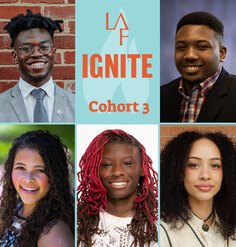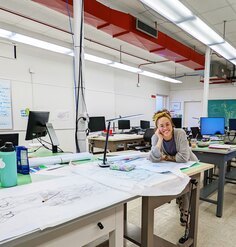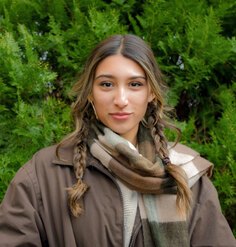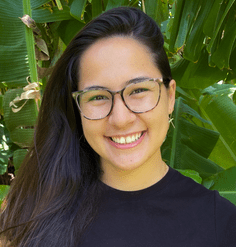Olmsted Scholar Feature: Blurring the Infrastructural Realm
By Tina Chee, 2013 National Olmsted Scholar Finalist
Los Angeles, a city whose evolution and iconic nature is inextricably linked to infrastructure, is transforming. Today, we witness a renaissance: the build-out of a mass public transportation system by 2030, nearly 100 years after the first freeway parkway was built. With this third wave of transportation infrastructure, how does landscape participate in the implementation of a vast network of subway stations?
This design proposal examines the potential of the westward expansion of the Purple Line subway as the opportunity to literally piggyback a landscape infrastructure on transportation; a landscape that creates ecological corridors, which aggregate the various green fragments in the city, and transforms monoculture clusters into multi-modal activity nodes with landscape emanating from the intersections. Employing public surveys, live interviews, and fieldwork, the project began with an investigation and analysis of the existing pedestrian conditions using the twelve quality criteria for pedestrian landscapes developed by Jan Gehl, which served to inform the design.
The expansiveness of this landscape challenges the boundaries of the public realm by engaging the various underutilized building fronts, setbacks, and blank walls to create an extroverted public square that engages city edges.
The form of the station creates an iconic landscape object that is spatially framed by the surrounding context, expanding it beyond property lines. The centerpiece of the station is the sloped green roof and topographic landform constructed from the reuse of excavated dirt from subway tunneling. The roof landform becomes a high point, a place for observation and reflection, that mediates between the hardscape of the urban street and an intimate softscaped forest. The berm form acts as a sound buffer and barrier from the main boulevard traffic noise; it also gives the landscape elevation for gravity fed irrigation.
The center of the roof is a sun lawn surrounded by a native meadow. The surface of the roof landform is dimpled with skylights and a series of undulating mounds that form temporal rainwater basins, which create an extended seasonal and visual interest. Rainwater not completely absorbed or captured flows down the topographic form irrigating other vegetated areas until it is ultimately collected and filtered in rain gardens at the base.
The sides of the landform are made of gabion walls which filter stormwater and become terraces for informal gatherings, a series of meandering ramps for a stroll under the expansive canopy of oak trees, or as tiered plaza steps to observe and engage street life. The west side becomes a natural gathering place for public performances by repurposing the blank exterior museum wall and shaded environment as a backdrop for public events. The south side of the landform scales down to an intimate quiet neighborhood urban park forested with oak trees and dappled light, creating an enjoyable shaded place during summer months. The surrounding meandering pavement pattern and placement of seating planters induce happenstance occurrences, which culminate at the tiered plaza steps.
The bike and pedestrian paths cross and intersect to encourage public life exchange while providing places to sit and congregate. These paths continue to meander, weave, and connect three urban blocks engaging existing building stoops and landscaped setbacks as part of this public realm. The streets between blocks become shared streets where pedestrians and vehicles occupy the same paved surface. Public space can expand and contract for festivals and street events. The boundaries between the public and private realms blur to weave a dynamic urban space that engages city edges and urban life.
In May, Tina Chee graduated from the University of Southern California, where she was awarded the 2013 ASLA Honor Award for her overall body of work. This summer, she completed her research fellowship on infrastructural landscapes, traveling within the U.S. and Western Europe. She is the design leader transforming an underutilized alley into a performative stormwater gallery and recreational green space for low-income, inner-city youth. She is currently the lead designer and project manager on several projects at SWA in Los Angeles.











